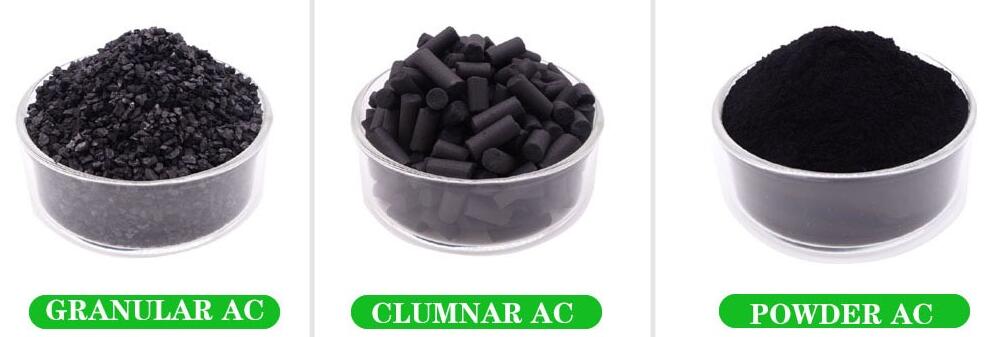The versatility of activated carbon is endless, with over 1,000 known applications in use. From gold-mining to water purification, the production of food materials and more, activated carbon can be customised to meet a vast array of specific needs.
Activated carbons are made from a variety of carbonaceous source materials – including coconut shells, peat, hard and soft wood, lignite coal and olive pit to name but just a few. However, any organic material with a high carbon content can effectively be used to create activated carbons through physical modification and thermal decomposition.
The most prevalent uses of activated carbon in today’s world revolve around the treatment of process water, industrial and commercial wastewater and air/odour abatement issues. When converted to activated carbons, carbonaceous source materials possess the ability to effectively purify and remove a vast array of contaminants from water and wastewater streams.
The decisive role of activated carbon in water treatment (one of water treatment chemicals)
Activated carbons offer one of the most effective means of removing key contaminants such as THM and DBP as well as removing organic constituents and residual disinfectants in water supplies. This not only improves taste and minimises health hazards but protects other water treatment units such as reverse osmosis membranes and ion exchange resins from possible damage due to oxidation or organic fouling.
Activated carbon continues to remain one of the most favoured water treatment techniques across the U.K. and Ireland because of its extraordinary array of applications and functions.
Types of activated carbons
Activated carbon is normally utilised to treat process water in two very different processes – powdered activated carbons (PAC) and granular activated carbons (GAC). However, the dosage methods and use cases for each of these forms of activated carbons vary quite considerably. The selection of a specific type of activated carbons for water treatment will depend on the nature of the specific application, the result required and any process restrictions in place.
Powdered Activated Carbons are used by water treatment plants for taste and odour control and to ensure the removal of organic chemicals. PACs are added early in the treatment process to enable a period of sole contact time before other treatment chemicals are added to the water stream.
They should not be coated with any other water treatment chemicals before they have been allowed sufficient contact time with the water stream (typically PACs will require at least 15 minutes sole contact time with the water stream). Most importantly, PAC should never be added concurrently with chlorine or potassium permanganate as such water treatment chemicals will simply be adsorbed by the activated carbon powder.
Typical required dosages can range anywhere between 1 to 100 mg/L depending on the type and level of contaminant, but dosages of 1 to 20 mg/L are most typical where treating water streams for the purpose of taste and odour control. Higher dosages will be required where PACs are added later in the treatment process, to allow for any adsorption of other treatment chemicals added earlier in the process. PACs are later removed from water streams through a process of sedimentation or by filter beds.
Hebei medipharm co.,Ltd are leading suppliers of activated carbon.we have offer the most diverse range of activated carbon powders and activated carbon granules on the market. If you require more information on our range of activated carbons or have a query for our expert team, please feel free to get in touch.
Post time: May-18-2022


